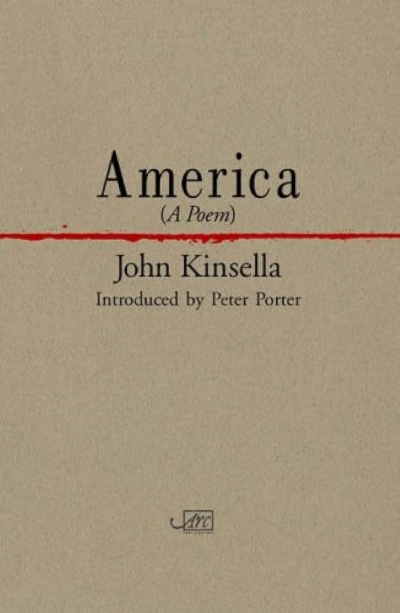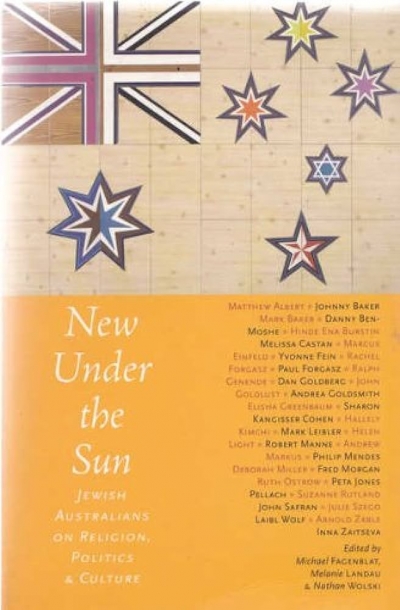Accessibility Tools
- Content scaling 100%
- Font size 100%
- Line height 100%
- Letter spacing 100%
Archive
The ABR Podcast
Released every Thursday, the ABR podcast features our finest reviews, poetry, fiction, interviews, and commentary.
Subscribe via iTunes, Stitcher, Google, or Spotify, or search for ‘The ABR Podcast’ on your favourite podcast app.
‘Where is Nancy?’ Paradoxes in the pursuit of freedom
by Marilyn Lake
This week on The ABR Podcast, Marilyn Lake reviews The Art of Power: My story as America’s first woman Speaker of the House by Nancy Pelosi. The Art of Power, explains Lake, tells how Pelosi, ‘a mother of five and a housewife from California’, became the first woman Speaker of the United States House of Representatives. Marilyn Lake is a Professorial Fellow at the University of Melbourne. Listen to Marilyn Lake’s ‘Where is Nancy?’ Paradoxes in the pursuit of freedom’, published in the November issue of ABR.
Recent episodes:
The Howard Factor edited by Nick Carter & The Longest Decade by George Megalogenis
New Under the Sun: Jewish Australians on religion, politics and culture edited by Michael Fagenblat, Melanie Landau and Nathan Wolski
Owen Richardson’s review of D.B.C. Pierre’s novel Ludmila’s Broken English (ABR, May 2006) was a bit harsh – not to mention mean-spirited and way off the mark. As a Texan, I can tell you that Pierre nailed the big-haired women who surrounded Vernon. I, for one, was immediately transported back to small-town Texas. Pierre has the most unique voice I’ve read in a long, long time. ‘Sophomoric and tritely executed satire’? No. It is very funny, it is original and it rings true.
... (read more)









